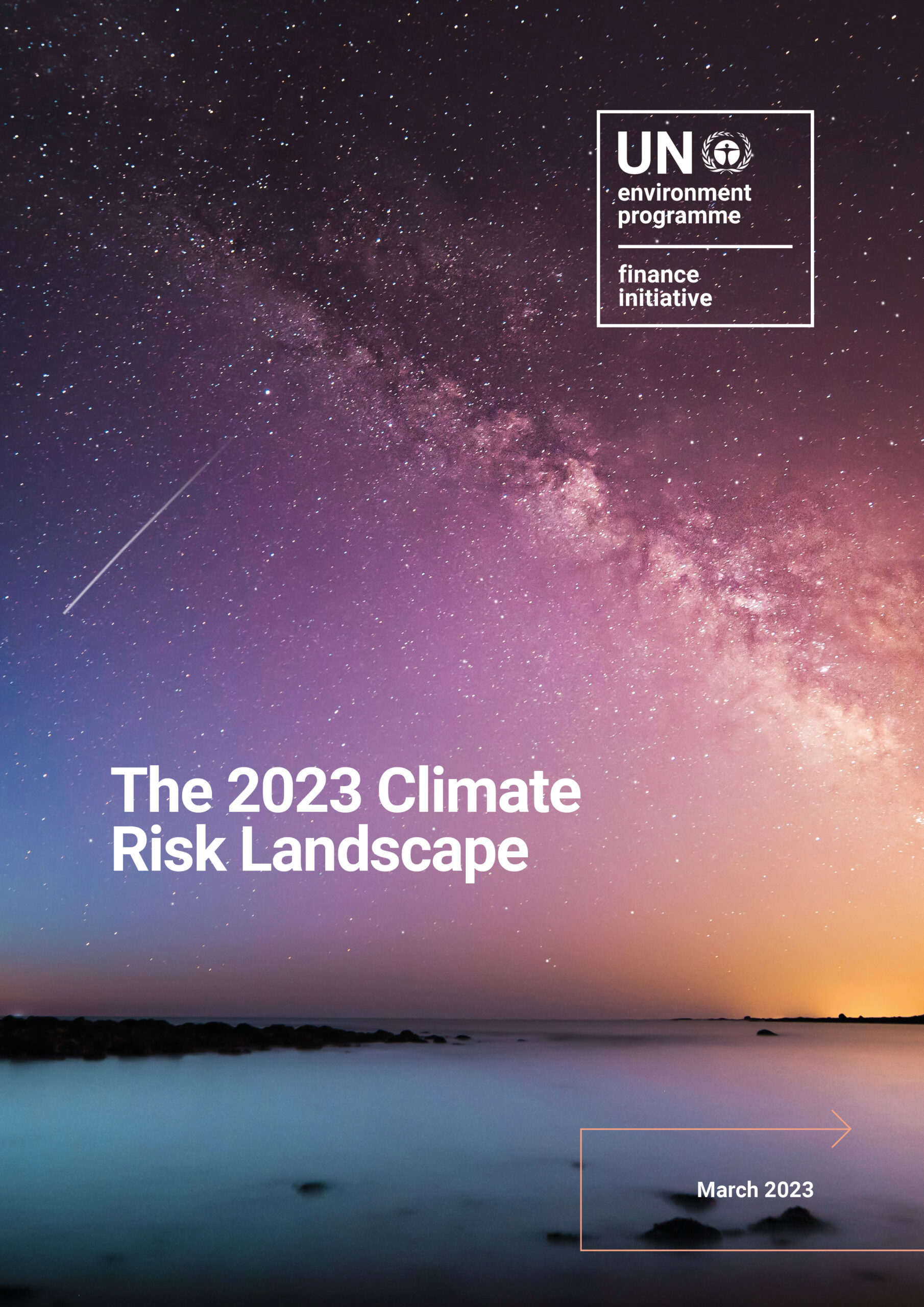Geneva, 18 October 2023 – Ahead of COP28 in the United Arab Emirates (UAE) in six weeks, the UN-convened Net-Zero Asset Owner Alliance releases its third annual Progress Report, demonstrating increased climate action and calling on governments to implement and accelerate policies that will unlock the flow of capital towards the net-zero transition.
Total membership has grown by 12 to 86 over the past year (12 months to August), now with over US$ 9.5 trillion[1] AuM. Through the 2023 reporting cycle, 69 members[2] with US$ 8.4 trillion in assets under management (AuM) have set intermediate climate targets in line with the Alliance’s Target-Setting Protocol, up from 44 members with $7.1 trillion in AuM last year.
The Alliance’s target-setting requirements are based on the IPCC’s no and low overshoot 1.5°C scenarios and include defining targets on engagement and at least two of three other target types—sub-portfolio, sector, and climate solution investments—12 months after joining.
Members increased ambition across sector targets for several hard-to-abate sectors, expanded coverage of AuM under target, and saw total absolute financed greenhouse gas (GHG) emissions fall 3.5% to 213.4 million tons of carbon dioxide equivalent (tCO2e) in 2022, from 221.2 mtCO2e in 2021 (Figure 1). This reduction comes despite membership growing in this period. Other potential drivers of the change, such as real-world emissions reductions, allocation changes, and divestment, are discussed in the report and on the FAQ page.
Günther Thallinger, Board Member, Allianz SE and Chair, UN-Convened Net-Zero Asset Owner Alliance, said:
“Alliance members are making solid progress towards achieving their 2025 emissions targets, showing that, step-by-step, the crucial long-term transition to achieve 1.5°C can be implemented. Our work is supporting governments to implement their net-zero programmes by accelerating the reform of existing financial and investment policy frameworks.”
“As we head towards at least 2.4°C warming with current climate pledges, we are at a pivotal moment to strengthen efforts for system-wide transformation. Alliance members act by implementing their intermediate targets. We call on others to do the same.”
The Alliance sees engagement as a critical method for asset owners to transform corporate action and drive real-world emissions reduction. In 2021 and 2022, the proportion of members with intermediate targets on engagement was 93% and 95%, respectively. Showing the effectiveness of the Alliance’s Accountability Mechanism, 27 members set engagement targets for the first time in 2023, increasing the coverage of members with engagement targets to 100%.
Moreover, the number of members setting sub-portfolio targets (which encompass corporate debt, listed equity, and directly held real estate) grew from 41 in 2022 to 67 in 2023. Members set sub-portfolio targets within the carbon dioxide equivalent (CO2e) reduction ranges defined by the Alliance’s protocol: 22%-32% for 2025 and 40%-60% for 2030.
Almost all members setting intermediate targets defined one for climate solution investments. The absolute value invested in climate solutions reached $380.6 billion in 2023, with most investments going towards the buildings and energy sectors.
However, the Alliance also discusses persisting barriers to mobilising private capital at scale. and reminds that effective climate action should be enabled by strong political commitments, backed up by clear action plans across multilevel policy domains. Thus, in its progress report, the Alliance calls on policymakers to urgently implement the following actions:
- Scale up reforms of finance and investment policy frameworks that will enable and attract private capital and create investable business models that are aligned with Paris Agreement Goals.
- Implement overarching policies that integrate transition planning across all government entities.
- Continue efforts to reform the current multilateral financial architecture and prioritise the mobilisation and alignment of private finance towards “billions to trillions”.
- Enable the just transition towards net zero through accelerating the implementation of holistic, long-term domestic policies.
[1] In the 2023 reporting cycle, the methodology for calculating members’ AuM changed. The Secretariat now reports on members’ most updated AuM figures at year-end, while in previous years it referred to members’ AuM on the day of joining the Alliance. The input received during this year’s reporting period shows a reduction in the Alliance’s combined AuM compared to the 2022 figure. This phenomenon mirrors the contraction of the global economy in 2022.
[2] As of May 2023.
About the UN-convened Net-Zero Asset Owner Alliance
The UN-Convened Net-Zero Asset Owner Alliance (the Alliance) is a member-led initiative of 86 institutional investors, with US$9.6 trillion in assets under management, committed to transitioning their investment portfolios to net-zero GHG emissions by 2050. The Alliance members were the first in financial industry to set intermediate targets (aligned with the Paris Agreement schedule) and they report on their progress annually. The Alliance is convened by UNEP FI and PRI, and is supported by WWF and Global Optimism.


